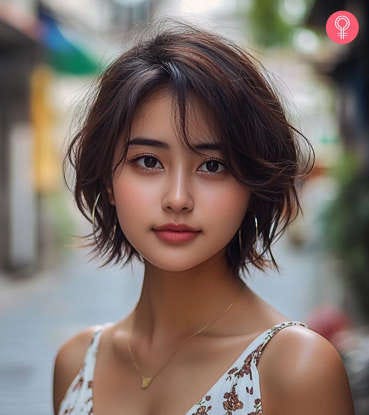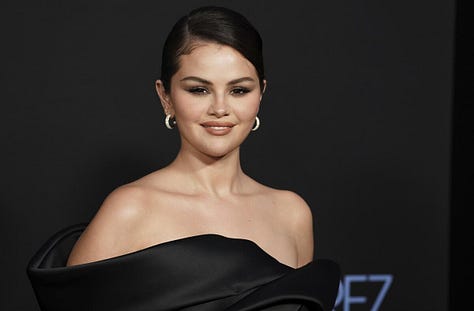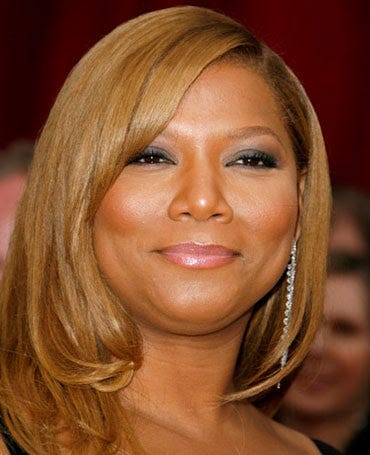Face Shapes: The Doll
Round is next up in our deep dive into each basic face shape. What are its unique aspects, how do we create more balance and where to sculpt with highlight and shadow?
The Round.
The Doll is a great way to describe round shaped faces because they have a soft youthful, fullness to them. A round object is as long as it is wide, with a smooth rounded edge and no corners. They are circles, they are spheres. Circles are seen as a symbol of perfect unity. They are infinite and eternal, never ending and seen as representing the cycles of life. In animals and people, rounded faces are childlike, innocent and approachable. A circle or sphere is a powerful shape. Anthropologists agree that the rounded face and eyes of babies releases maternal and protective tendencies in those around them.
Because a round face is similar in width and length, it can appear fuller. As people put on weight, often their faces become more rounded, more filled out. Some round faces, if the features are large won’t have a lot of space between the eyes and mouth. They look more doll-like. Other round faces, if the features are smaller can seem fleshy, cheeky. The bone structure of the cheeks and jawline are rounded and so not as defined. They lack angles.



Round faces might not be the “ideal” but they have a beauty on their own. They can look friendlier, softer, younger. In areas where they seem lacking in space or too full, we can balance and define them, as seen on the photo of Selena Gomez above. However, while we can create balance, we also need to celebrate their unique characteristics.
Let’s Revisit How to Determine Face Shape
We determine face shape by following the edge of the face all the way around and seeing what it is closest to. Most people are not perfectly any particular shape, but usually lean towards one more than others. The options are: oval, round, square, oblong or diamond. Rounded faces are similar in width and length. Some might not be perfectly round, but are closer to a circle than an oval. They can be fairly even vertically, however have less of a taper on top and bottom. Also they tend to have smaller sections horizontally. (See Photo 1 below.)
The way to measure symmetry is by drawing a line down the center of the face and then horizontally drawing two lines, one at the brows and the other at the bottom of where the cheekbones lay, close to the top of the lips. Vertical symmetry (photo 1) is determined by how wide each side of the face is and horizontal symmetry (photo 2) is determined by how tall each section of the face is. The more even these measurements, the more symmetrical the face.


Keep reading with a 7-day free trial
Subscribe to Makeup Lessons & Color Theory to keep reading this post and get 7 days of free access to the full post archives.

